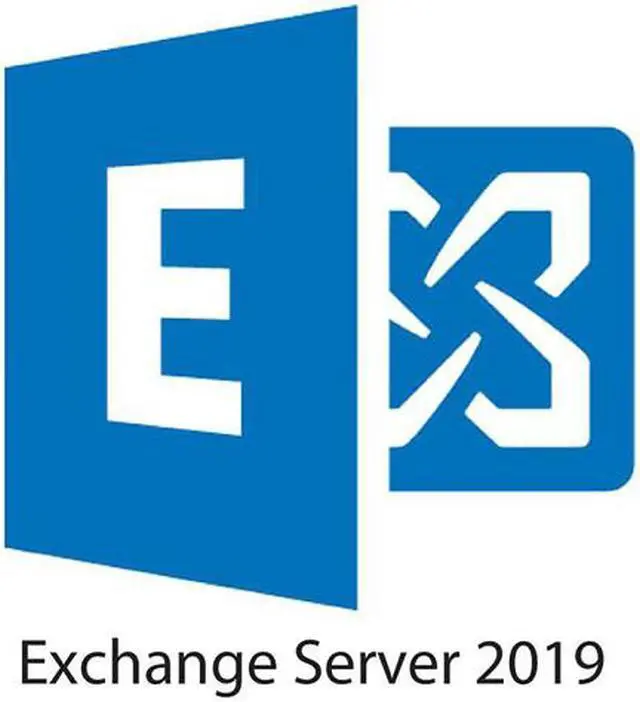
Microsoft Exchange Server 2019 Standard User CAL
- Supports 1 Local User / 1 Server + 1 Concurrent Local Connection per User License, Unlimited Devices per User License
- Digital Delivery / 1 - 2 Business Days Estimated Delivery Time
- Runs On Windows
- Unlimited Connecting Device Installations per User License
- Licensed for Home and Commercial Use
- Perpetual CSP License
- Includes 1 User CAL
Microsoft Exchange 2019 Standard User CAL
Client Access Licenses (CALs) serve as a safety measure to prevent unauthorized access to servers.

Access the server
If your business is using the latest version of Microsoft Exchange, you will need the Microsoft Exchange 2019 Standard User CAL to access the server. These licenses are assigned to one person and each person on your team will need one to use Exchange.
Advantages of Microsoft Exchange 2019 Standard

Latest security measures
This version of exchange has the latest security measures in place to make communication a very safe endeavor, especially since more people are using tablets, laptops and cell phones to send emails as opposed to exclusively sending them while working on a PC.
Data loss prevention
Exchange 2019 has data loss prevention with more sensitive information types.
Easier integration
Exchange 2019 has enhanced auditing for better reporting and easier integration with third-party apps.
Exchange 2019 architecture
With Exchange 2019, we reduced the number of server roles to two:

The Mailbox server

Edge Transport server roles
Today, CPU horsepower is significantly less expensive and is no longer a constraining factor. With that constraint lifted, the primary design goal for Exchange 2019 is for simplicity of scale, hardware utilization, failure isolation.
The Mailbox server in Exchange 2019
The Mailbox server in Exchange 2019 includes all of the server components from the Exchange 2016 Mailbox and Client Access server roles:
Exchange Mailbox
The Mailbox server handles all activity for the active mailboxes on that server. Mailbox services include all the traditional server components found in the Exchange 2019 Mailbox server role:

Client Access services
Client Access services provide authentication, limited redirection, and proxy services. Client Access services don't do any data rendering and offer all the usual client access protocols: HTTP, POP and IMAP, and SMTP.
Proxy traffic
Along with the new Mailbox role, Exchange 2019 now allows you to proxy traffic from Exchange 2016 to Exchange 2019 in addition to Exchange 2019 to Exchange 2016. This new flexibility gives you more control in how you move to Exchange 2019 without having to worry about deploying enough front-end capacity to service new Exchange 2019 servers.
The Edge Transport role
The Edge Transport role is typically deployed in your perimeter network, outside your internal Active Directory forest, and is designed to minimize the attack surface of your Exchange deployment.

By handling all Internet-facing mail flow, it also adds additional layers of message protection and security against viruses and spam, and can apply transport rules to control message flow.
Internet mail flow
All messages sent to the Internet from inside the organization are routed to Edge Transport servers after the messages are processed by the Transport service on the Exchange 2019 Mailbox server.
Antispam protection
In Exchange 2019, antispam features provide services to block unsolicited commercial email (spam) at the network perimeter.
Edge Transport rules
Edge Transport rules are used to control the flow of messages sent to or received from the Internet. Edge Transport rules are configured on each Edge Transport server to help protect corporate network resources and data by applying an action to messages meeting specified conditions.
Address rewriting
Address rewriting presents a consistent email address appearance to external recipients. You configure address rewriting on Edge Transport servers to modify the SMTP addresses on inbound and outbound messages.



